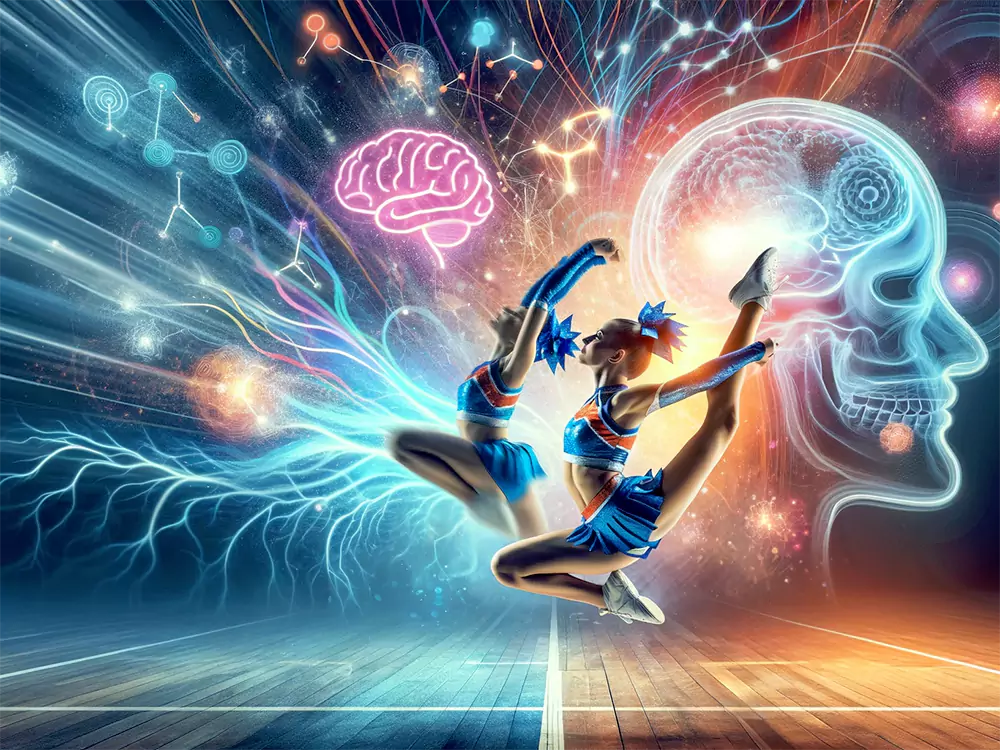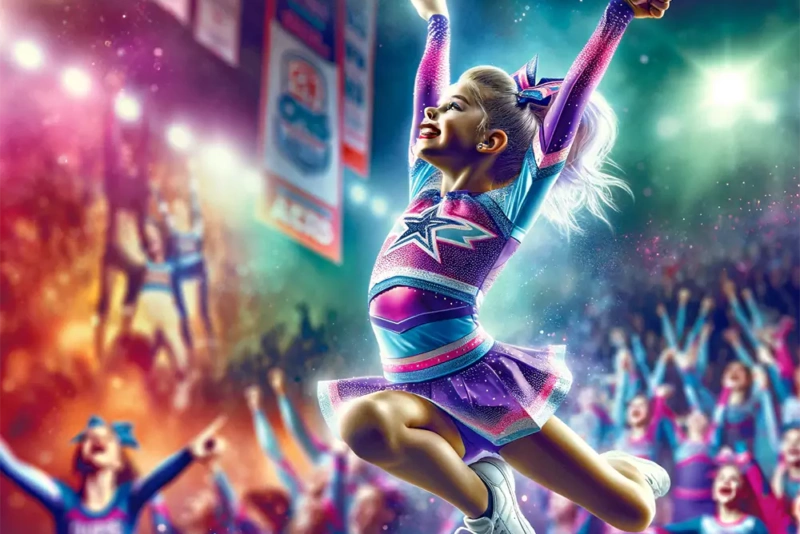Introduction to Cheerleading Cheerleading, a dynamic and high-energy sport, requires more than just physical strength and agility. It demands precision, coordination, and a strong mental game. As cheerleaders execute complex routines, the mental aspect of the sport becomes as crucial as the physical.
Understanding Cognitive Training Cognitive training involves exercises designed to improve mental functions such as memory, attention, and problem-solving skills. In sports, it enhances athletes’ ability to process information quickly, make split-second decisions, and maintain focus under pressure.
The Role of Cognitive Training in Cheerleading
- Enhancing Concentration and Focus: In cheerleading, losing focus for even a moment can lead to mistakes. Cognitive training helps athletes maintain sharp focus throughout their routines, ensuring each movement is executed with precision.
- Improving Memory and Routine Recall: Remembering complex routines is essential. Cognitive exercises aid in embedding routines in memory, allowing for flawless execution.
- Boosting Confidence and Mental Toughness: Cheerleaders often perform in high-pressure environments. Cognitive training builds mental resilience, empowering athletes to perform confidently.
Techniques of Cognitive Training Used in Cheerleading
- Visualization and Mental Rehearsal: Athletes mentally rehearse their routines, visualizing each step. This practice not only prepares the mind for actual performance but also enhances muscle memory.
- Reaction Time Exercises: Quick decision-making is vital, especially in stunts and formations. Exercises that sharpen reaction times are a key component of cognitive training in cheerleading.
- Mindfulness and Stress Management: Techniques like mindfulness help athletes manage stress and anxiety, maintaining composure during performances.
Case Studies and Examples Successful cheerleading teams often attribute part of their success to cognitive training. For instance, the 2018 National Champions incorporated visualization and mindfulness into their training regime, resulting in improved performance and reduced injuries.
Comparative Analysis with Other Sports Unlike sports with predictable patterns, cheerleading involves spontaneous decisions and synchronized team movements, making cognitive training particularly beneficial. While similar techniques are used in sports like gymnastics, the team aspect of cheerleading adds a unique dimension to the cognitive challenges.
Challenges and Limitations Implementing cognitive training can be challenging due to limited resources or skepticism about its effectiveness. However, the increasing evidence of its benefits is encouraging more teams to adopt these practices.
Future Directions and Research Emerging research is exploring virtual reality as a tool for cognitive training in cheerleading, potentially offering more immersive and effective training experiences.
Conclusion The integration of cognitive training in cheerleading is not just a trend but a necessity for the modern athlete. By enhancing mental capabilities, cheerleaders can perform with greater precision, confidence, and safety, truly elevating the sport to new heights.


